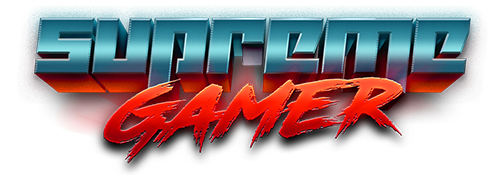Game development professionals at GDC 2025 were treated to an illuminating session by Infold Games, exploring how the studio transformed a group of first-time level designers into a powerhouse team behind its hit 3D platformer, Infinity Nikki. Presented by Kentaro Tominaga, sub-director of Infinity Nikki, the talk spotlighted Infold’s novel approach to training and collaboration—an approach that helped the once-mobile-focused studio evolve into a 1,000-person team delivering an expansive open-world experience.
A Framework for Cross-Generational Success
Tominaga revealed a three-pronged coaching strategy that guided Infold’s newcomers as they tackled the ambitious Infinity Nikki project:
- Translate – Employing translation tools and bilingual staff to eliminate language barriers, ensuring smooth documentation and communication.
- Communicate – Encouraging junior designers to refine ideas through iterative conversations, structured questioning, and continuous feedback loops.
- Discussion – Sharing insights and test-play data to tackle design issues head-on. Notably, this approach fostered the creation of the acclaimed “Momo Search” feature.
“If we invest time in good communication, discussions will be much smoother,” Tominaga noted. “This iterative learning process is what truly nurtures young designers. Many of the features in Infinity Nikki started as proposals from our junior team members.”
From Mobile Roots to a GOTY Contender
Since its launch, Infinity Nikki has garnered critical praise, including a Game of the Year nomination from IGN. Tominaga attributes much of this success to Infold Games’ commitment to maintaining a “bottom-up” culture, allowing fresh voices to experiment and innovate even as the team scaled up.
Inspiring a New Generation
Developers attending the session praised Infold’s coaching model, expressing a desire to replicate similar strategies in their own studios. Infinity Nikki’s trajectory—rising from a small, mobile-oriented outfit to a global open-world phenomenon—underscores the value of investing in mentorship, open dialogue, and the willingness to embrace new ideas from entry-level creators.
As Tominaga’s talk concluded, the message was clear: providing guidance and a platform for novice designers not only shapes future talent, but ensures the entire studio evolves with a fresh, pioneering spirit—even when working on large-scale titles.

